Staying active as we age is key to maintaining health and independence. But some habits can do more harm than good once we pass 60. As our bodies change, so should our approach to physical activity.
The good news? Making simple adjustments now can help prevent injuries and improve quality of life for years to come.
1. Doing Too Much Too Soon
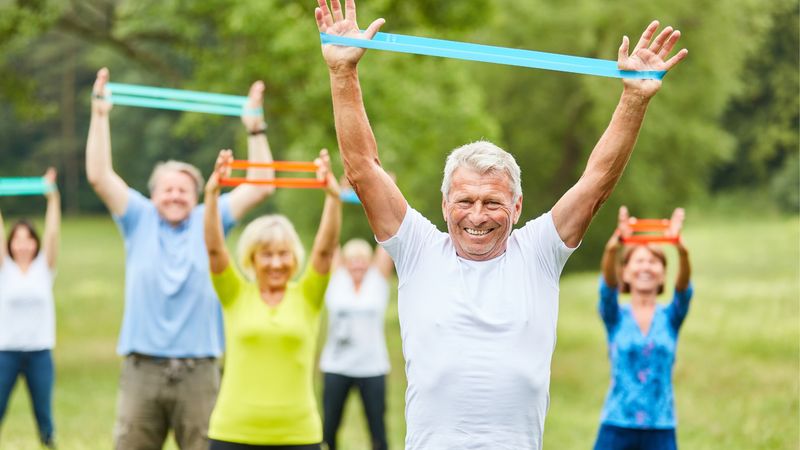
Remember when you could run five miles after months of inactivity? Those days are behind you. Your body now needs more recovery time and gradual progression.
Start with just 10-15 minutes of new activity and increase by no more than 10% weekly. This patient approach builds strength while respecting your body’s current capabilities.
Many seniors injure themselves by trying to match their younger performance immediately. Instead, celebrate small improvements and give your connective tissues time to adapt. Your joints will thank you!
2. Skipping Strength Training
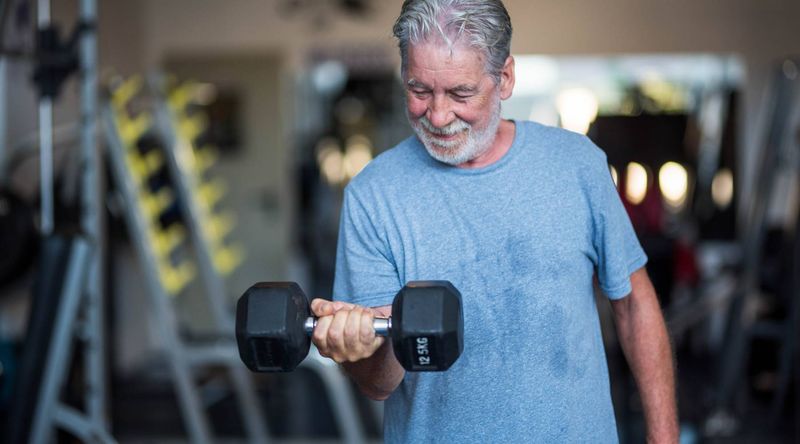
“I’ll just stick to walking” might be the costliest mistake in your fitness routine. After 60, we naturally lose 3% of muscle mass yearly without resistance training.
Lifting weights or using resistance bands twice weekly helps maintain bone density, improves balance, and keeps metabolism humming. Many seniors fear weights will bulk them up or hurt their joints.
The truth? Properly performed strength training prevents injuries and maintains independence. Even 15-minute sessions with light weights or body weight exercises make a tremendous difference in how well you function daily.
3. Believing Your Best Days Are Behind You

This limiting mindset might be the biggest barrier to your health. Research shows our bodies remain adaptable well into our 90s!
One study found 80-year-olds gaining significant muscle mass after just eight weeks of training. Your potential for improvement doesn’t diminish with age—only your approach needs adjustment.
Many seniors achieve personal bests in their 60s and beyond. Whether it’s walking farther, lifting heavier weights, or improving flexibility, your body can still surprise you. Ditch the defeatist attitude and embrace the possibility of getting stronger every day.
4. Maintaining Bad Habits From Youth
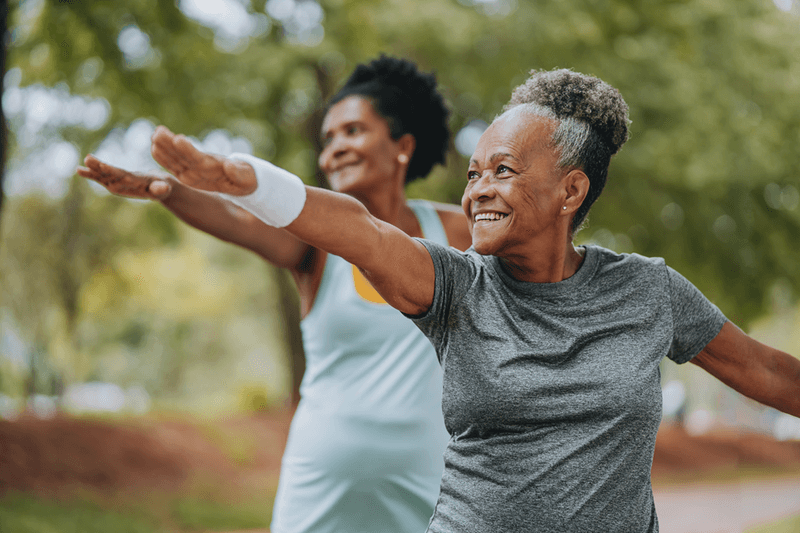
Those weekend warrior tendencies? Time to retire them. Your 20-year-old recovery abilities have changed dramatically.
Poor form during exercise that you once compensated for now leads directly to injury. Skipping warm-ups, improper footwear, and ignoring hydration needs create bigger problems after 60.
Alcohol affects balance and recovery more significantly now too. Replace these outdated habits with consistent, moderate activity, proper technique, and adequate recovery between sessions. Your body requires more maintenance now—not less—so upgrading your self-care routines becomes essential for staying active.
5. Fearing New Physical Activities
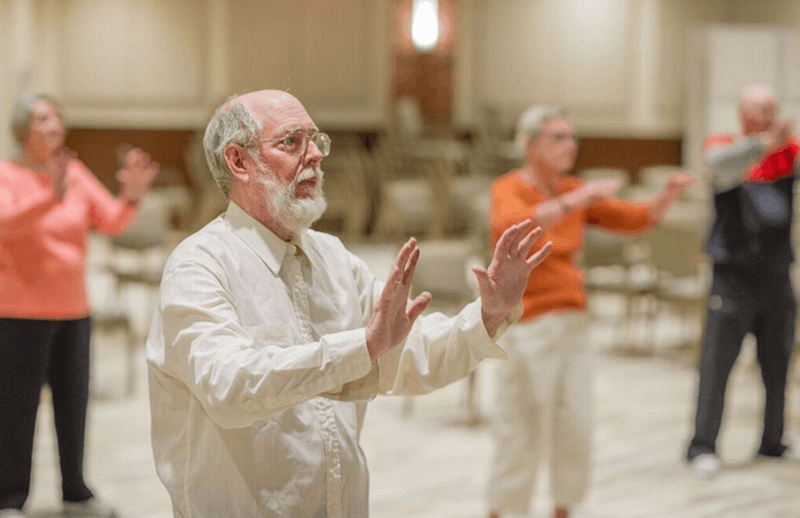
“I’m too old to start something new” robs many seniors of joy and health benefits. Novel activities actually create new neural pathways, improving both physical and cognitive function.
Water aerobics, tai chi, and pickleball offer low-impact options perfect for beginners over 60. These activities combine social connection with gentle movement patterns that challenge your body safely.
Fear of looking foolish keeps many from trying new exercises. Remember that everyone starts somewhere! Most senior-focused classes welcome beginners and offer modifications. Your willingness to try new movements might inspire others while expanding your own capabilities.
6. Accepting Balance Problems As Inevitable
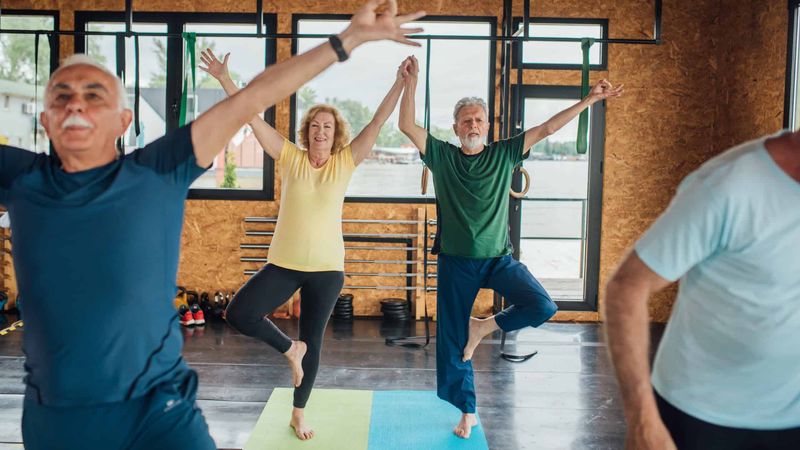
Falls represent the leading cause of injury in seniors, but declining balance isn’t your destiny. Specific exercises can dramatically improve stability at any age.
Simple daily practices make the difference. Try standing on one foot while brushing teeth or walking heel-to-toe across your living room. These quick balance challenges strengthen the small stabilizing muscles that prevent falls.
Many balance issues stem from weakened ankles and core muscles, not age itself. Adding just five minutes of focused balance work daily reduces fall risk by up to 50%. Don’t wait until after a fall to address this critical aspect of fitness.
7. Performing Traditional Sit-ups
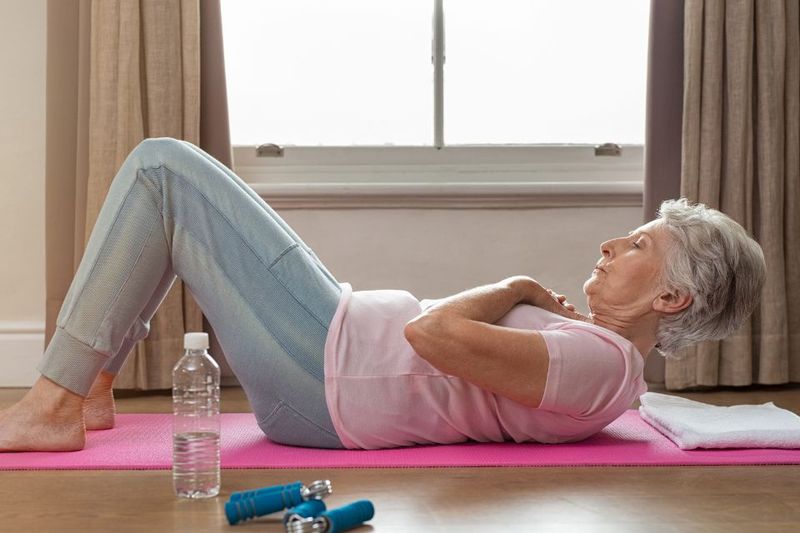
Those military-style sit-ups from gym class? They’re terrible for aging spines. The repeated flexion puts dangerous pressure on discs and can worsen lower back pain.
Modern core training focuses on stability rather than endless repetition. Planks, bird-dogs, and gentle standing rotations build functional core strength without damaging your back.
The goal isn’t washboard abs—it’s a supportive midsection that helps with everyday movements. A strong core improves posture, reduces back pain, and supports everything from gardening to playing with grandchildren. Quality matters more than quantity when strengthening your center.
8. Dismissing Joint Pain As Normal
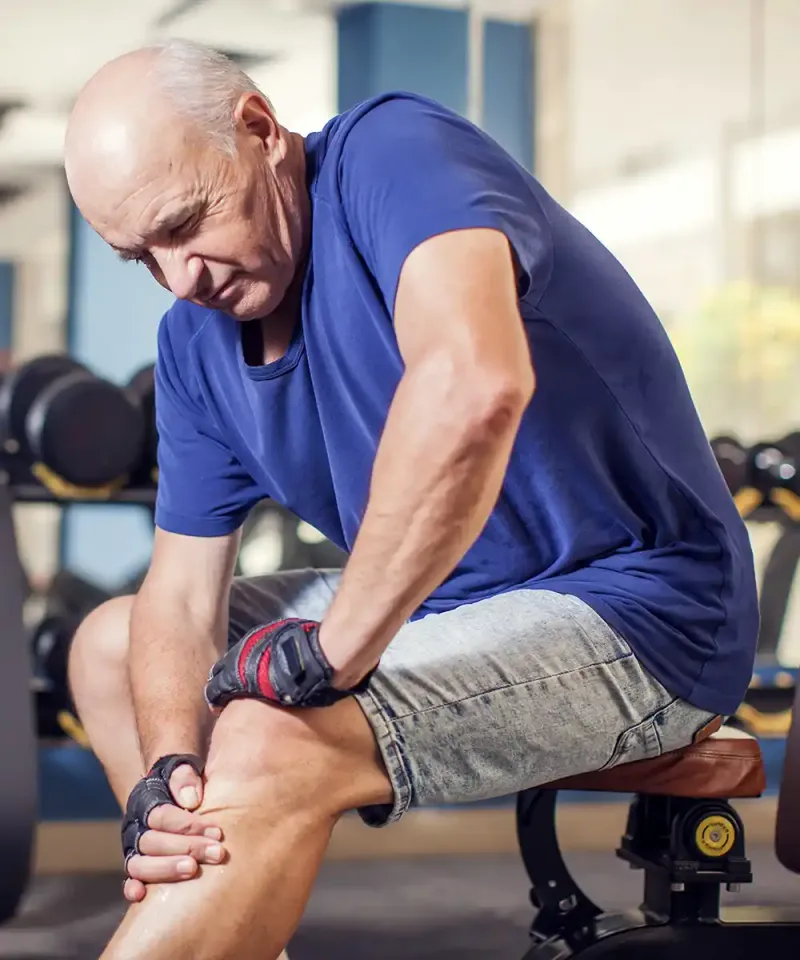
Sharp pain is never normal, regardless of age. The “no pain, no gain” mentality leads many seniors straight to injury.
Learn to distinguish between muscle fatigue (normal) and joint pain (warning sign). Ignoring persistent discomfort allows small, fixable issues to become chronic problems. Most joint pain can be addressed through proper movement patterns and targeted strengthening.
A physical therapist can assess whether your pain stems from weakness, tightness, or technique problems. Early intervention typically means faster recovery and less treatment needed. Don’t let fixable issues limit your activity—proper guidance can keep you moving comfortably for decades.

Comments
Loading…